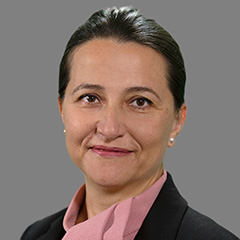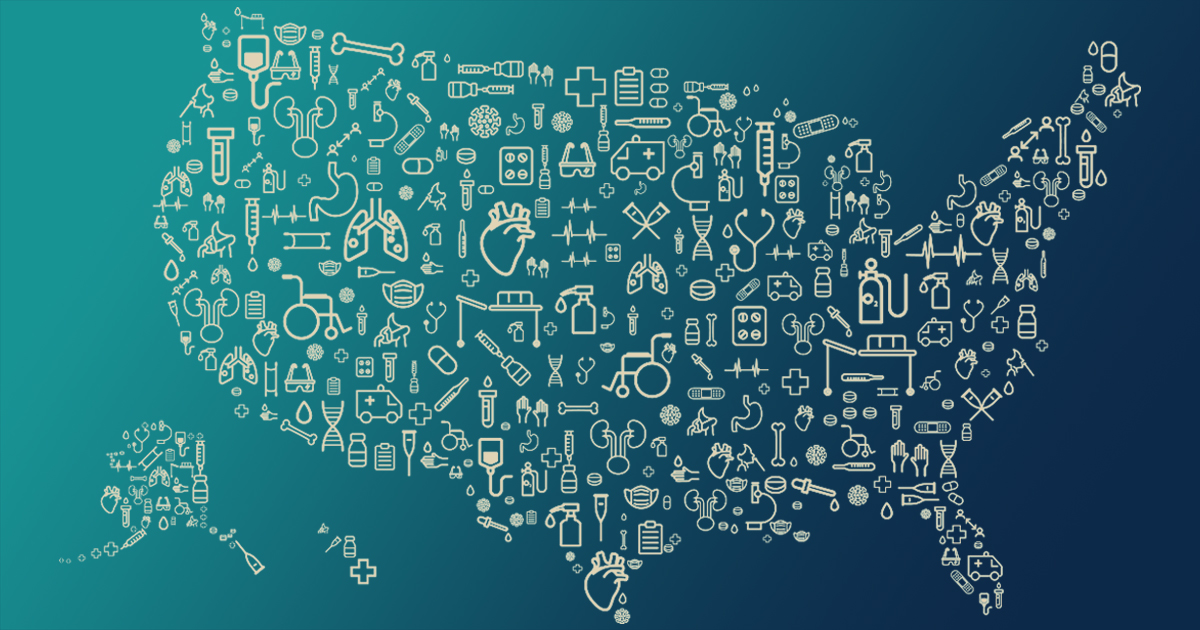Due to the rising cost of health care, potentially avoidable utilization (PAU) is a focus of delivery system reform. In fiscal year 2022, about $21 billion in fee-for-service (FFS) payments from Medicare were potentially avoidable. PAU includes emergency department visits or admissions for reasons that are unnecessary or avoidable and could have been prevented with timely and appropriate primary care. It is important to understand the drivers of PAU to achieve cost savings and to create effective payment incentives and partnerships between hospitals and other providers.
A recent alternative payment model, the States Advancing All-Payer Health Equity Approaches and Development (AHEAD) Model, incorporates PAUs in its methodology. It is crucial for states and hospitals that are interested in adopting the methodology to understand their PAU rates for two reasons: first, reducing PAU presents an opportunity for hospitals to achieve financial savings. Second, CMS might decrease hospitals’ global budgets based on their PAU trends over time or level of PAU compared to national averages.
The AHEAD Model, developed by the Centers for Medicare & Medicaid Services (CMS), is a collaboration with states to curb health care cost growth, improve population health, and advance health equity by reducing disparities in health outcomes. The model will provide each participating state with up to $12 million for the first five years to drive health care transformation through various model components, including implementing hospital global budgets. Global budgeting is an alternative payment method based on prospectively set budgets between hospitals and payers for specific services provided to a patient population, rather than on the typical FFS basis or cost-based reimbursement. Global budgets shift the payment model from a less predictable FFS approach to stable and regular funding while also creating an incentive to manage patients’ health and improve health outcomes.
PAU plays a major role in understanding the potential for hospitals to create savings under the model and strategic plans for delivery reforms. In AHEAD, CMS encourages hospitals to implement interventions that reduce PAUs by instituting decreases in a hospital’s global budget depending on how the hospital’s PAU rate compares with the state average. Hospitals that reduce PAU can reinvest the savings in clinical and social services. The model will enable hospitals to learn best practices for controlling PAU and give them time to develop relationships with primary care providers, post-acute care providers, and community-based organizations that can help address social determinants of health.
Mathematica recently updated its Hospital PAU Dashboard, which now includes PAU data from 2022 for 3,847 hospitals across the United States, to provide applicants with access to data on Medicare FFS PAU rates for hospitals in their state. This information will be useful for discussing the model with partners, including hospitals and payers. Users can search for PAU rates across three measures: admissions for ambulatory care sensitive conditions, readmissions to the same hospital for any cause within 30 days of discharge, and potentially avoidable emergency department visits for a single hospital. Users can search the dashboard by state and hospital to examine hospital-level PAU information and compare hospital PAU rates to state medians. Three examples of how hospitals can analyze their PAU data and assess whether their rates are higher or lower than the state median follow.

This map shows the locations of hospitals throughout the state of New York. Users can click on a location to view PAU data.

The graph above shows the percentage of Medicare FFS inpatient and ED revenue from total PAU at Montefiore Mount Vernon Hospital compared to the state median. The hospital's percentage PAU rate is higher than the state median.

The graph above shows the percentage of Medicare FFS inpatient and ED revenue from total PAU at Nassau University Medical Center compared to the state median. The hospital's percentage PAU rate is lower than the state median.
As states prepare applications to CMS for the AHEAD Model and discuss it with interested providers, this dashboard can help states and hospitals understand the magnitude of PAUs in their state, strategize ways to address PAUs, and compare PAU rates with other states.
We welcome feedback and questions on the dashboard and underlying data set. Please contact us at SGerovich@mathematica-mpr.com.




